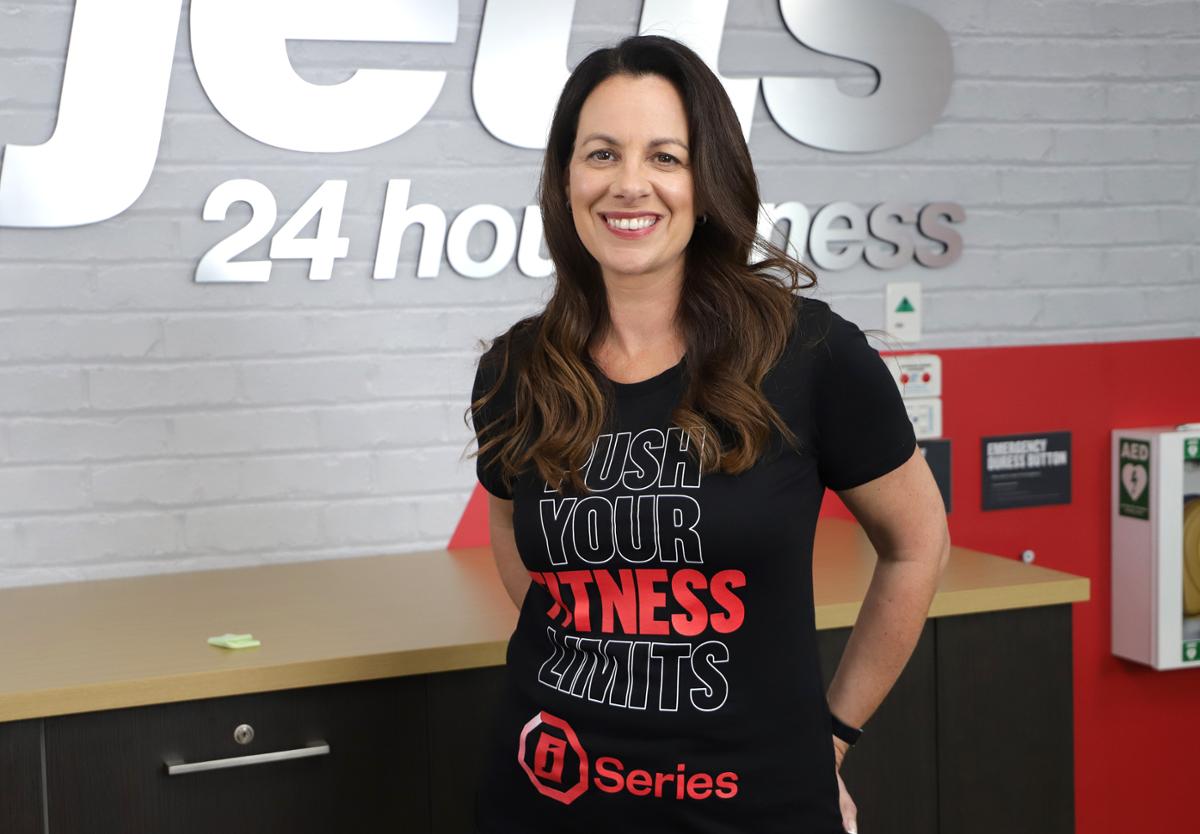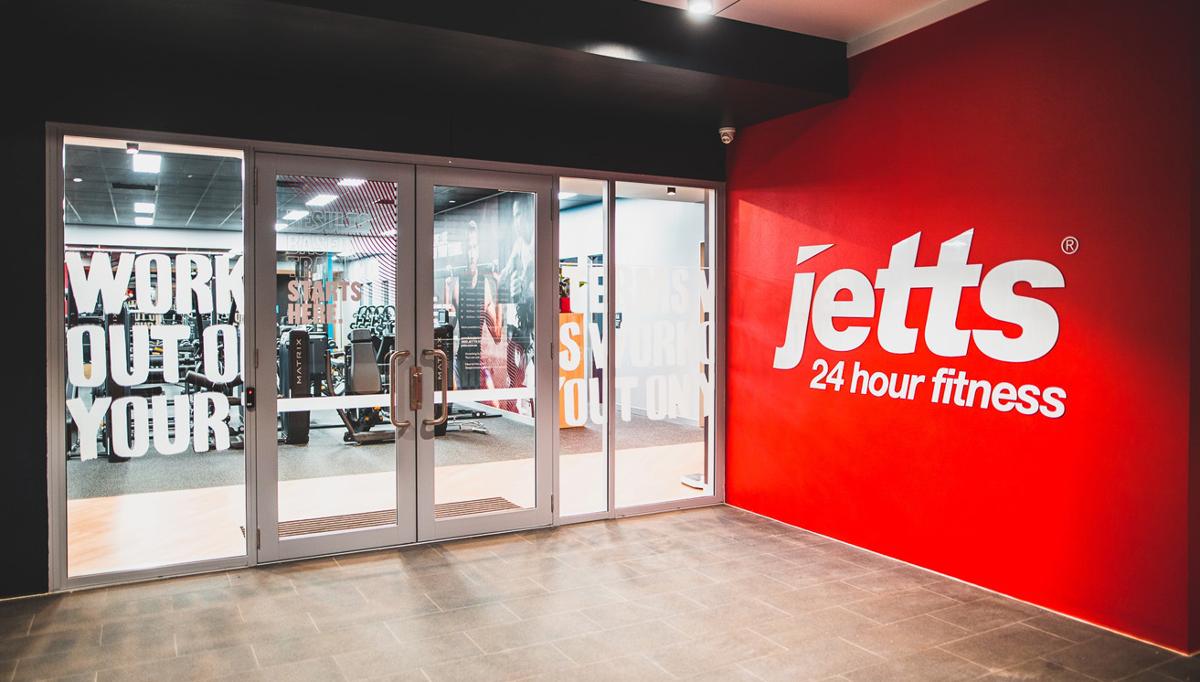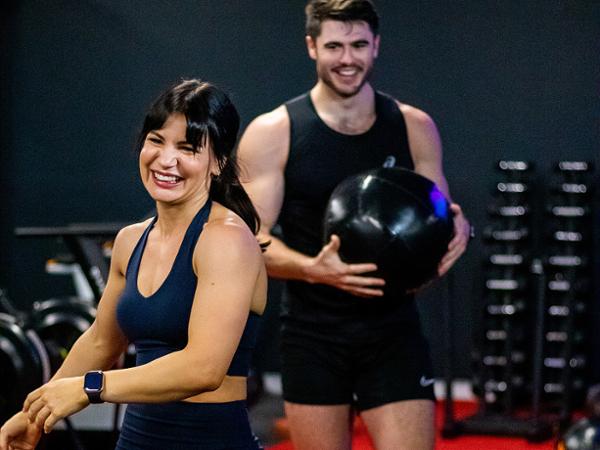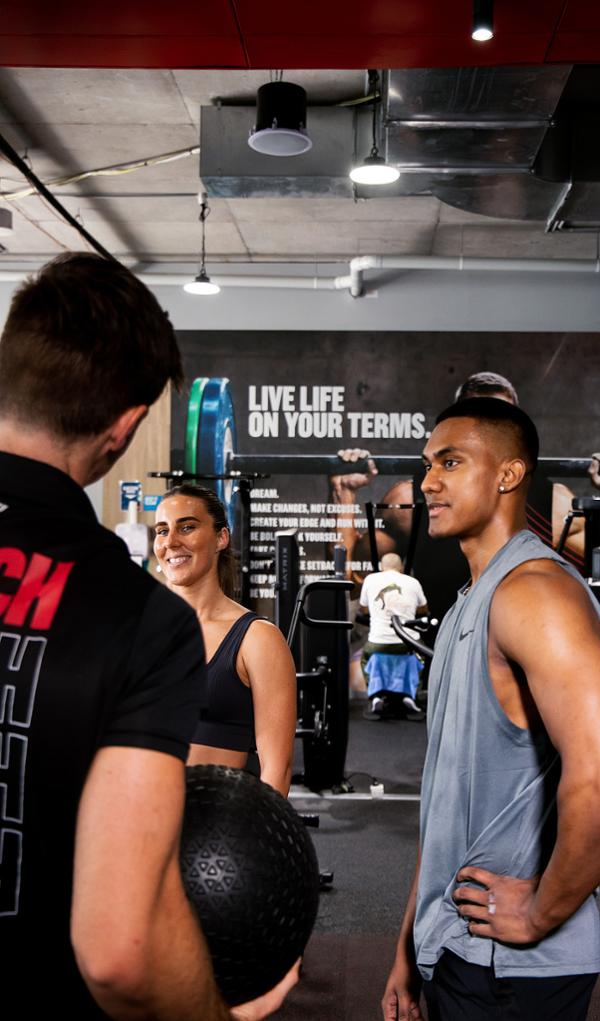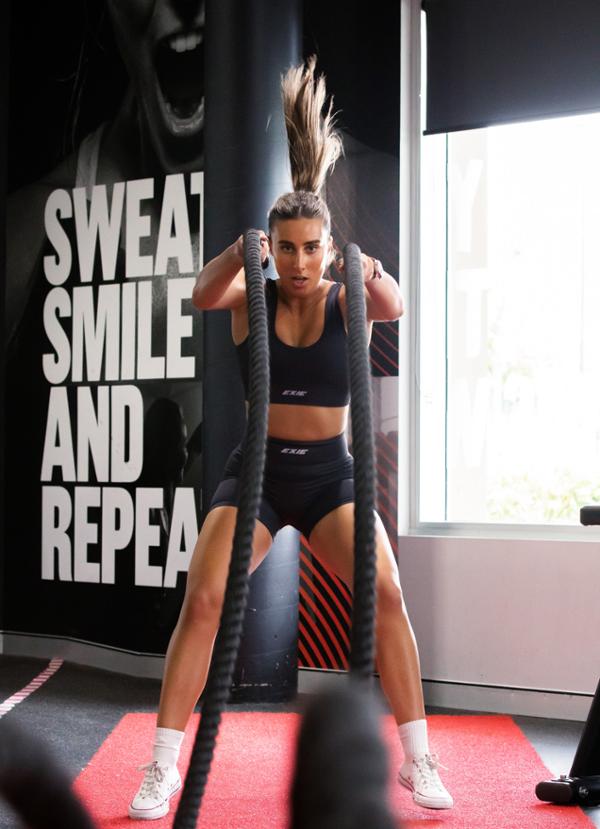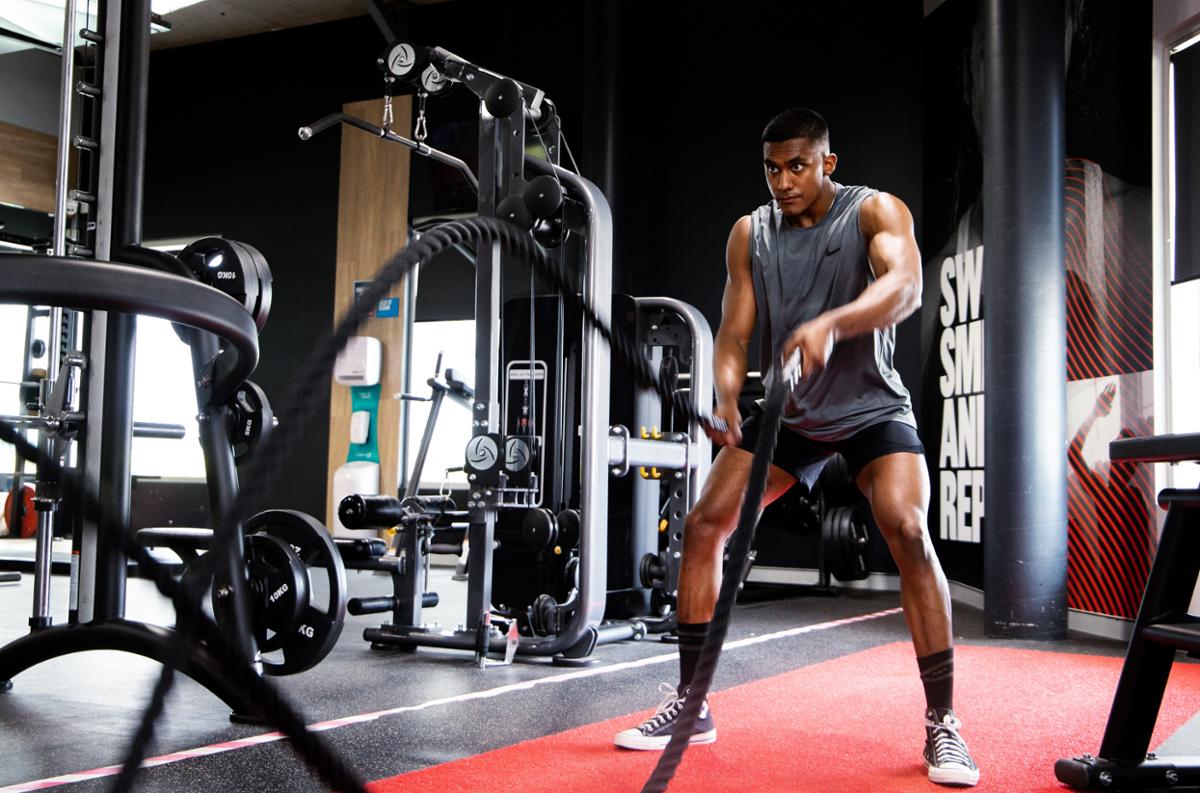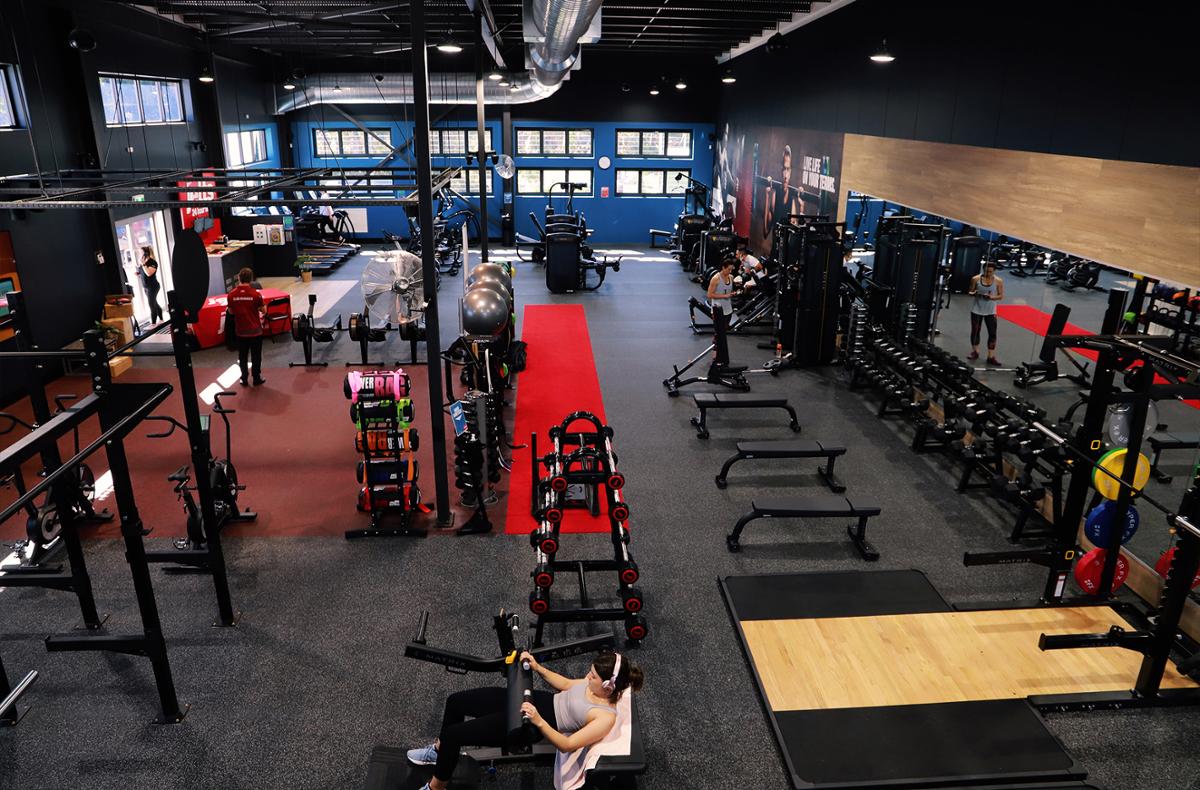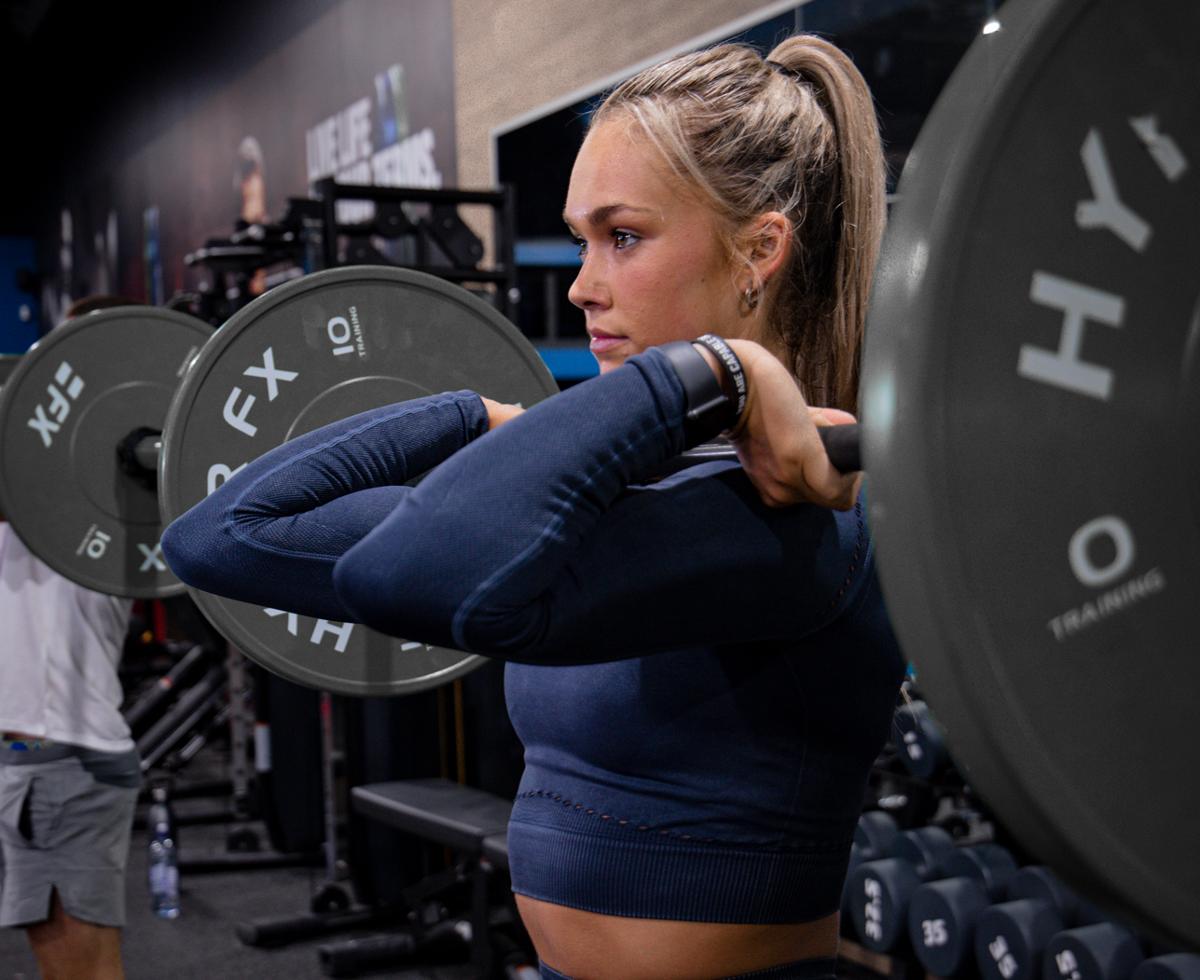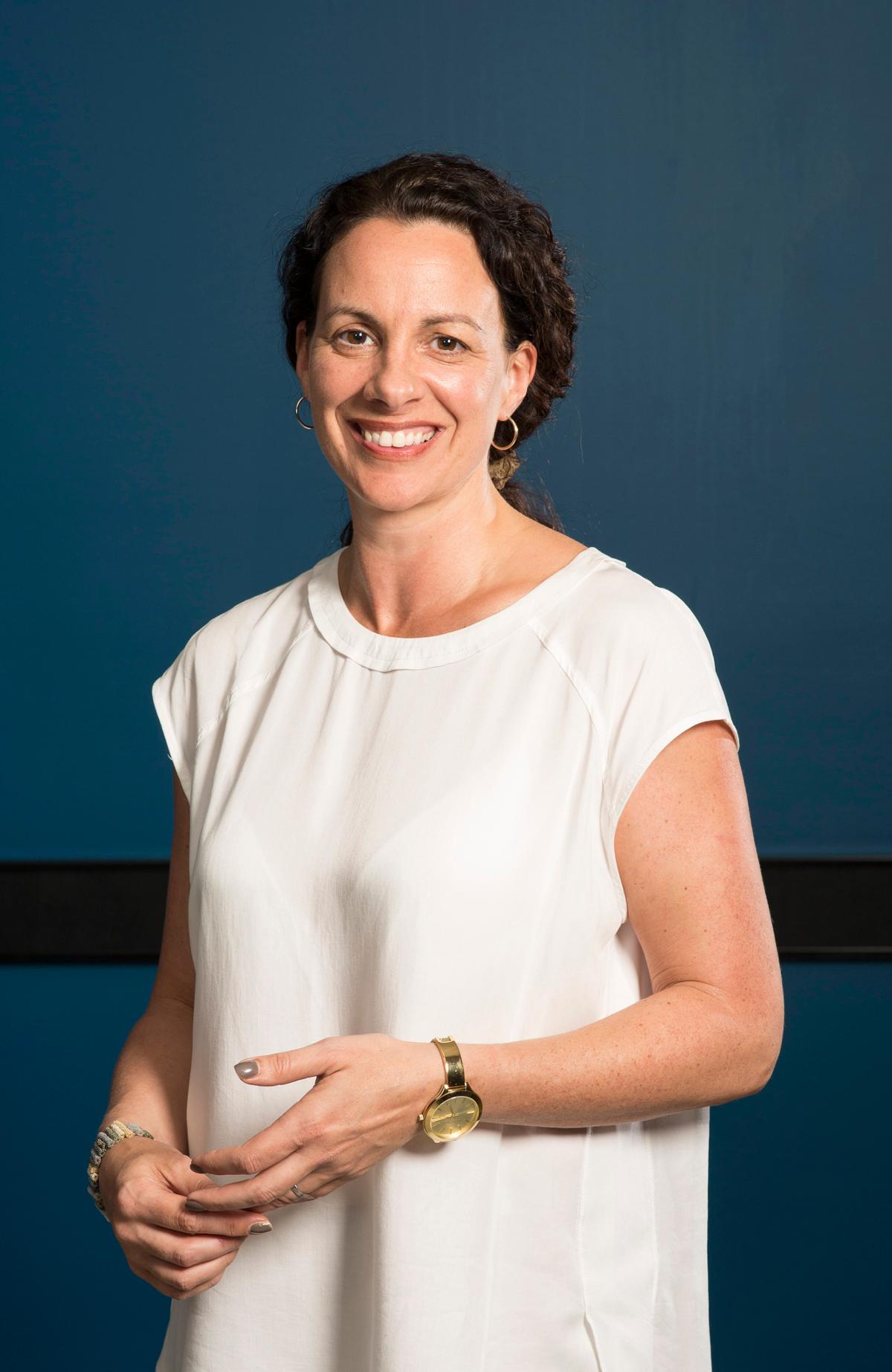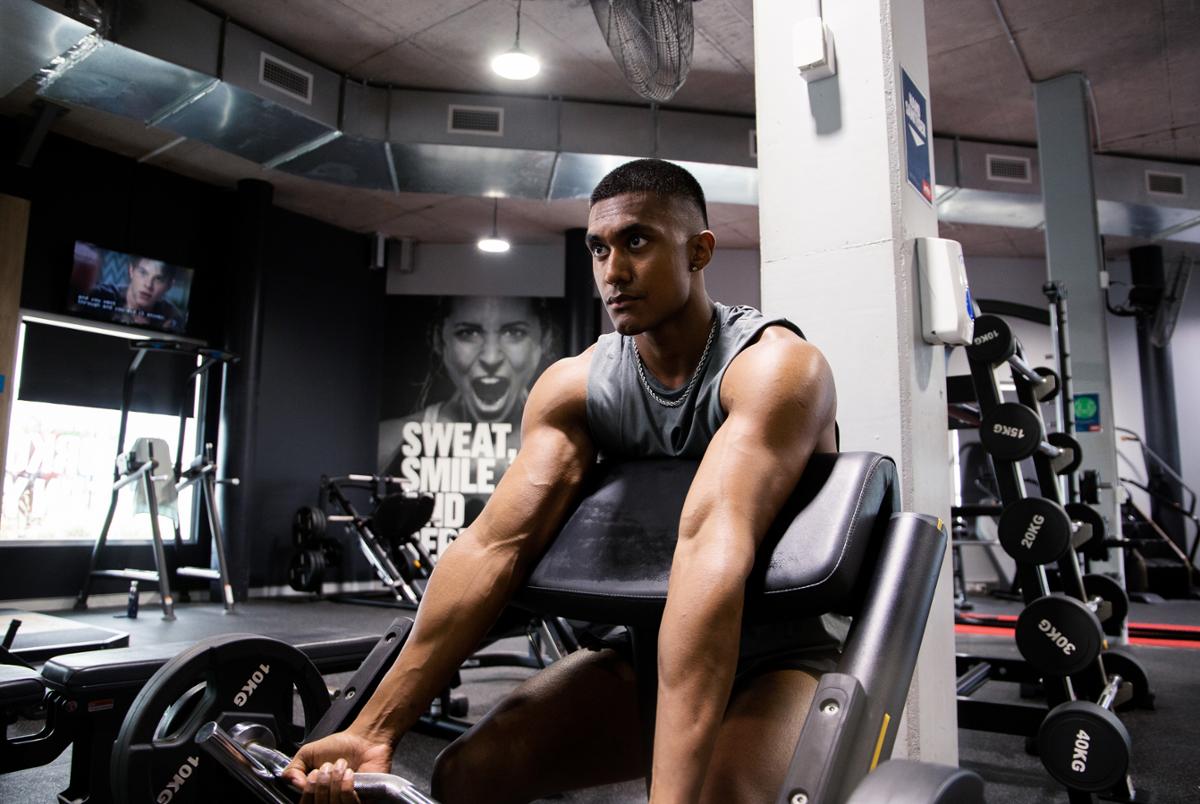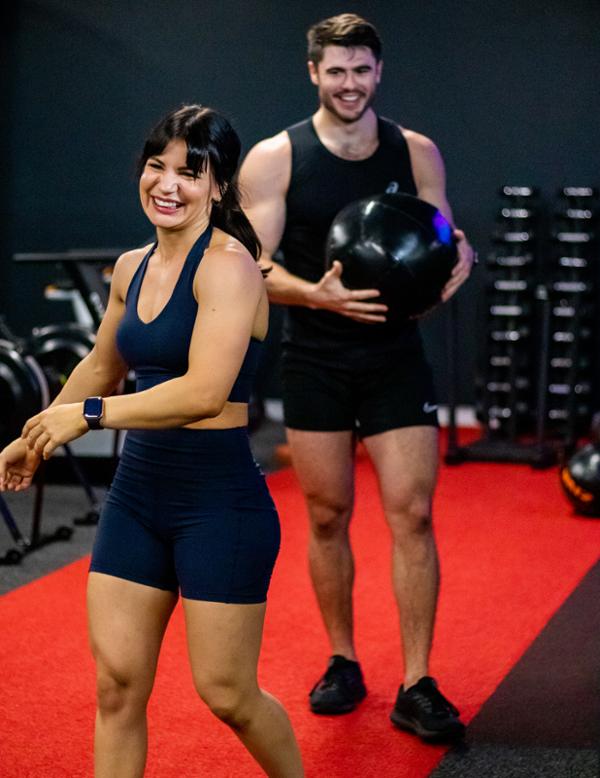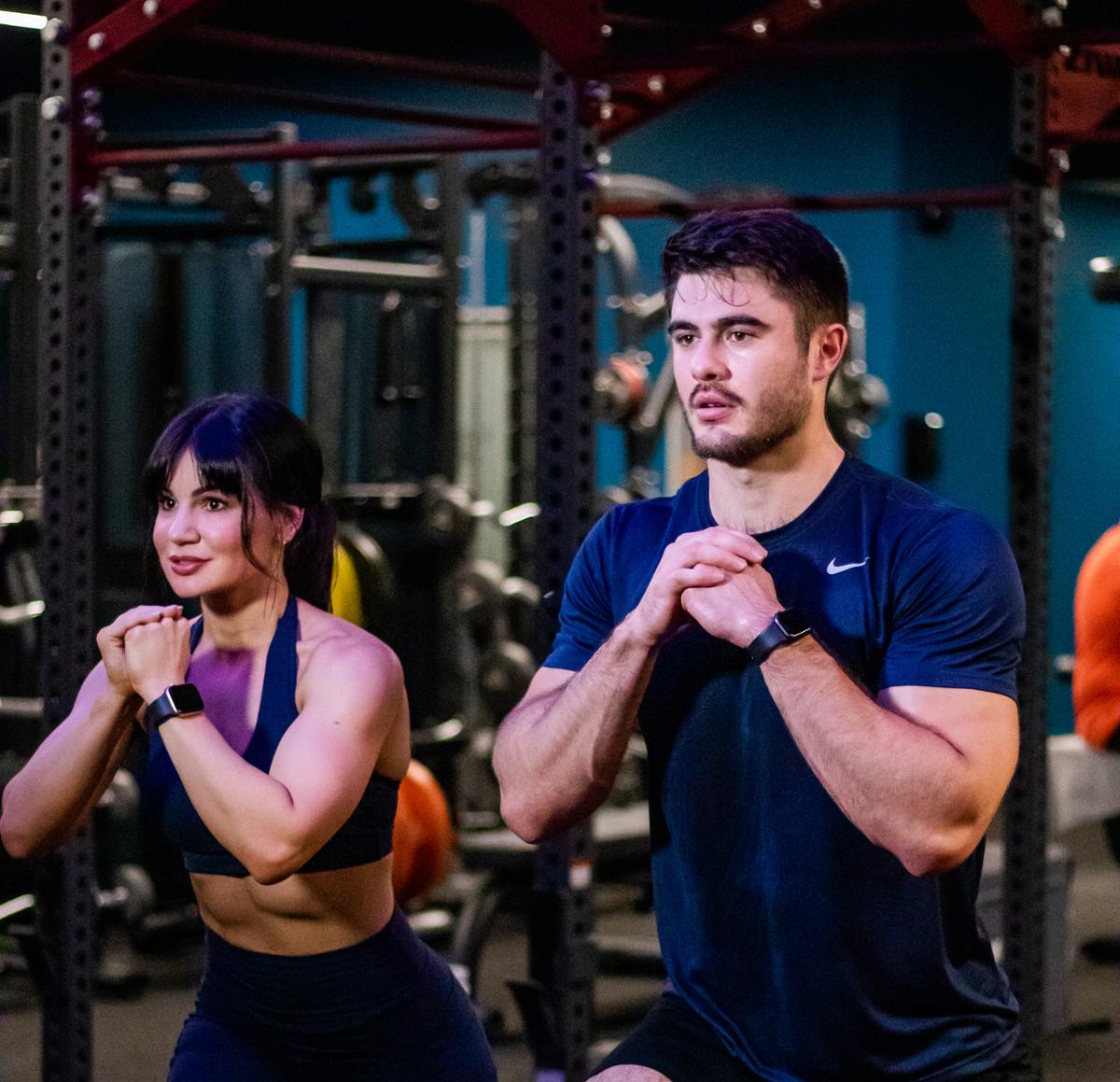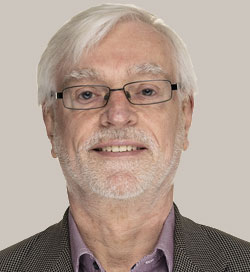Tell us about your career to date
I’ve been in the fitness industry for 30 years. Born and bred in Yorkshire, UK, I was at Fitness First when the brand was in its very high growth phase in the UK. I worked quite closely with founder Mike Balfour and it was a super-exciting journey of almost 10 years, starting in a club, then into regional management, then a European role looking after sales in Italy, Spain, France, Holland and Belgium, then back to the UK to work on the new Fitness First for Women brand.
An opportunity arose to work for Virgin Active in South Africa, as COO. I loved the Virgin brand – as a child of the ’80s, I grew up on all things Richard Branson – so I was really excited by this role.
Pre-Virgin Active, the South African business had had a chequered past; it ultimately went into liquidation until then-president Nelson Mandela reached out to Branson in a now legendary conversation, where Mandela called Branson while he was in the bath. They spoke about the problem, discussed how thousands would lose their jobs – people in townships who were the only breadwinners for many, many people in their families – and how devastating it would be. Still in the bath, Branson agreed to buy the business, and that’s how Virgin Active came to South Africa.
When we opened our 100th gym in the country, in Mandela’s township of Soweto, we created a mural of that scene: Branson in the bath taking the phone call from Mandela that created the company.
Where did you go next?
The next move was to Kuala Lumpur, where I once again teamed up with Mike Balfour to help establish Jatomi – his new health club brand – in Malaysia and Indonesia. We got the first half-dozen clubs open, but then it was time to focus on family. I wanted my daughter, who’d been one when we went to South Africa, to be able to ride her bike in the street and realised that if we waited much longer, she’d be driving a car!
We were weighing up Canada and Australia but Australia was just nearer. At this point, Jetts Fitness was five years old and the founders – Brendon and Cristy Levenson – needed someone with a strong background in running gyms in a competitive environment to help them prepare for sale.
What was Jetts like when you joined?
We had around 110 clubs, all of which were franchised. One of the things we did in preparation for the sale was to buy some of them back, putting them into the company club portfolio. A multi-site owner had all the Jetts clubs in Adelaide, so we bought those and they became part of the deal when we sold the business.
Joining Jetts was an interesting transition for me. It wasn’t just that I was moving into franchising. I was also going from 10,000+-member, full-service clubs to 1,000-member self-service clubs.
I spent the first month learning about the business: doing the club manager’s role for a week, being a prospect going round all our competitors for a week, then spending time as a member going round some of our gyms. And what I saw was a very successful business that members loved, because there were no lock-in contracts and the clubs were open 24/7 – both USPs in 2013.
But the market was getting more competitive. Snap Fitness and Anytime Fitness had arrived and everyone was priced pretty much the same. We knew we needed to build a point of difference that couldn’t be easily copied and we decided it would be our culture and as a result, culture became our competitive defence.
Tell us more
Our vision is to be Australia’s most-loved gym. Love is key, because gyms aren’t transactional. Retail is transactional: the customer comes in, there’s a financial transaction, the customer walks out and you don’t know if they’re coming back. We’re different. We have a strong understanding of the relationship we have with our customer.
We break our member journey down – firstly, we don’t do sales, we do flirting. Then the first 90 days we call falling in love, because it’s an emotive time. You have your early hopes and dreams: I’m going to do this and I’m going to look so amazing, I’m going to go on that holiday, I’m going to feel so confident. It’s a bit like when you meet your partner for the first time and you have those rose-tinted glasses on for the first three months.
We understand this is period when we have the opportunity to connect with our members and help them get into the habit of exercise. Because at some point the rose-tinted glasses are going to come off. And at that point, just like in a relationship, some of the bad habits will get noticed. You realise you have to transition through the early glow and into something more meaningful.
We have different strategies to help members do that, because we’ve unpacked the relationship in a lot of detail. We understand how to give our members what they need, when they need it.
When they first start, for example, they don’t need much motivation. They need direction and to be told what to do. Once they’ve been with us for a long time, it’s like a marriage: they don’t want to be taken for granted. Just because a member comes every Tuesday afternoon at 2.00pm, doesn’t mean she’s always going to be coming. We need to ensure we give her what she needs, when she needs it.
So, there’s a total understanding of our member relationship and the concept of love sits at the heart of it. That’s been ingrained in our language and our DNA for years.
Tell us about your good profit philosophy
We don’t have contracts, which means we have no choice but to be beholden to good profit practices. We can’t do what some other gym chains do, putting in sneaky things such as coaching fees and T&Cs that allow them to take money – perhaps to the detriment of the member. At Jetts, we have to earn our member back every single visit, because they can cancel at any time.
How do you measure success?
Our Net Promoter Score is over 70 and has been since 2017. Meanwhile, from an employer perspective, we’ve been Top 25 in Australia’s Best Place to Work awards for the last five years.
In the last two years, we’ve also come seventh place among the big companies, up against the likes of Apple, eBay and Google. We’re the only franchise business in the list and the only gym chain.
We’ve invested a lot in this and made it our point of difference: our franchise network and our customer loyalty are really strong, as are our people happiness and retention scores. And that really has been the reason why 15 years on we’ve survived everything so far… the competitive environment, the economic crises and COVID.
You were acquired in 2016…
Yes, we sold the Jetts Fitness business to Quadrant Private Equity, which in turn was creating Fitness and Lifestyle Group (FLG). It was at this point the international strategy was launched.
One of the first things we did – Greg Oliver, CEO of FLG Group and I – was negotiate to buy back the international master franchise rights in Thailand, bringing in Mike Lamb as CEO of FLG Thailand.
At that point, there were only two or three Jetts clubs open in Thailand. There are now almost 40.
How did it work out?
There were significant benefits to being part of a larger operation – much better partner terms and so on – which then cascaded down into the franchise network. There was support and investment to grow our network of corporately owned clubs. And of course, through COVID lockdowns, it was very good to have the security and private equity backing of being part of a much larger group.
I also enjoyed working with Greg. Our Jetts business owners were often in locations where they directly competed with other FLG brands, so we put up a lot of Chinese walls to protect the integrity of the franchise business. It took a lot of maturity and collaboration for Greg and I to navigate the franchise network through that ownership structure, but I think we did a pretty good job of it – of keeping them separate but still having crossover and benefits. Greg was hugely respectful of that.
Between 2016 and 2022, we continued our organic growth with a focus on our existing owner group – people who had already proven themselves and who understood the brand and the culture. Australia has a fast-growing population, with lots of greenfield locations coming up, and we’ve been able to cherry-pick those for our franchise network.
We also sold master franchises for the UK and the Netherlands, where we currently have 11 and four clubs respectively.
Then this year, you led an MBO…
In September 2022, we completed a Management Buy Out of Jetts Fitness which was led by COO Mark Hollis, CFO Cheryl Ling and me. The deal excludes New Zealand, Vietnam and Thailand – where FLG retains full ownership of its Jetts Fitness brand and operations – but covers the rest of the world.
The key point is that it’s business as normal for our network, with around 95 per cent of the team coming across with us. We’ve effectively run the business independently within FLG anyway, so the transition has been seamless and the points of contact for our business owners are unchanged.
The main thing that’s changed is the freedom we now have to do things a bit differently. I think we’re better being the underdog in some ways. We like to compete and we like to be entrepreneurial – that’s the DNA we came from and we wanted to get back to that.
Any evolution in your product?
Our product continues to evolve, as everyone’s does. We now have what we call a Generation 4 club: our Training Gym model. It’s results-based with more functional training – our J Series concept – and the clubs themselves are a little bigger. It’s a response to the newer training habits we’re seeing in the market and it’s a very sexy product. However, we’ve managed to get a lot of cost-efficiencies through, so we can deliver it for a very similar price to before: AUS$14.95 a week.
We’ll continue to build out this Training Gym model, including introducing new revenue lines as ‘premium economy’ add-ons: products and services that can help members get better results and help business owners with their revenues. Things such as J Series, personal training, more nutritional products, more results tracking, that kind of thing.
The model differs slightly in the UK, because the big box budget club space is far more competitive there than in Australia. We’ve positioned Jetts as slightly more premium in the UK: the clubs are bigger, they’re very service-orientated and things such as J Series are included in the membership. The value proposition is different and the clubs are performing really well.
In the meantime, the membership reciprocity we’ve always offered is still in place and as a Jetts member, you can visit any other Jetts Fitness club in the world, including in New Zealand, Thailand and Vietnam.
What are your growth plans?
Now we’re coming out of the woods with COVID, we’re going to get back to growth in Australia, the UK and the Netherlands. We’ll also be looking seriously at other global markets for franchising.
Within Australia, we’ll grow the franchise network as well as our own company-owned portfolio. We have two clubs in pre-sale at the moment that are corporately owned by us, so they’ll be first out of the gate, but we’ll be doing a lot more of these in the future.
In five years’ time, I’d hope to have reached over 30 corporately owned clubs. From a franchise perspective, I don’t like to give numbers – it becomes egotistical and feels like you’re either underestimating or overestimating – but the network will definitely grow into new territories in Australia and we’ll have entered a new international market for franchising, too. We’d also like to win the Best Place to Work award.
What drives you personally?
I care deeply about the business. From a leadership perspective, I consider myself the current custodian of Jetts.
My job is to keep us in the game. Sometimes you’re up and sometimes you’re down, but Jetts has already celebrated 15 years and has many, many years ahead of it.
I won’t necessarily be CEO in another 15 years’ time, but right now I’m committed to all the stakeholders in the business, from the recent investors, to the mum and dad whose ownership of a Jetts club in regional Victoria is their superannuation, to the team here on the Sunshine Coast who come and do this every day because they believe in what we do.
I never take that for granted and I bear the weight of that responsibility and that’s why I’ll always play the longer game of good profit and investing in our people and our culture, because that’s what keeps you successful long-term. I don’t play the short-term game.
And your predictions for the sector?
I think there’ll be a lot of change now. The rules have been torn up since the start of the pandemic and I think the concept we’ve spoken about for so long at Jetts – about being a ‘good profit’ business – is on the cusp of becoming the norm. Gen Z aren’t used to contracts or hidden fees and they won’t tolerate them.
Over the next decade, the industry will realise that consumers ultimately always get what they want. The practices we as an industry haven’t been very proud of – pressure selling and sales techniques, misleading marketing and hidden fees and all of that – are going to be challenged. As a result, I believe we’ll end up in a much stronger position, in an industry we really can be proud of.








